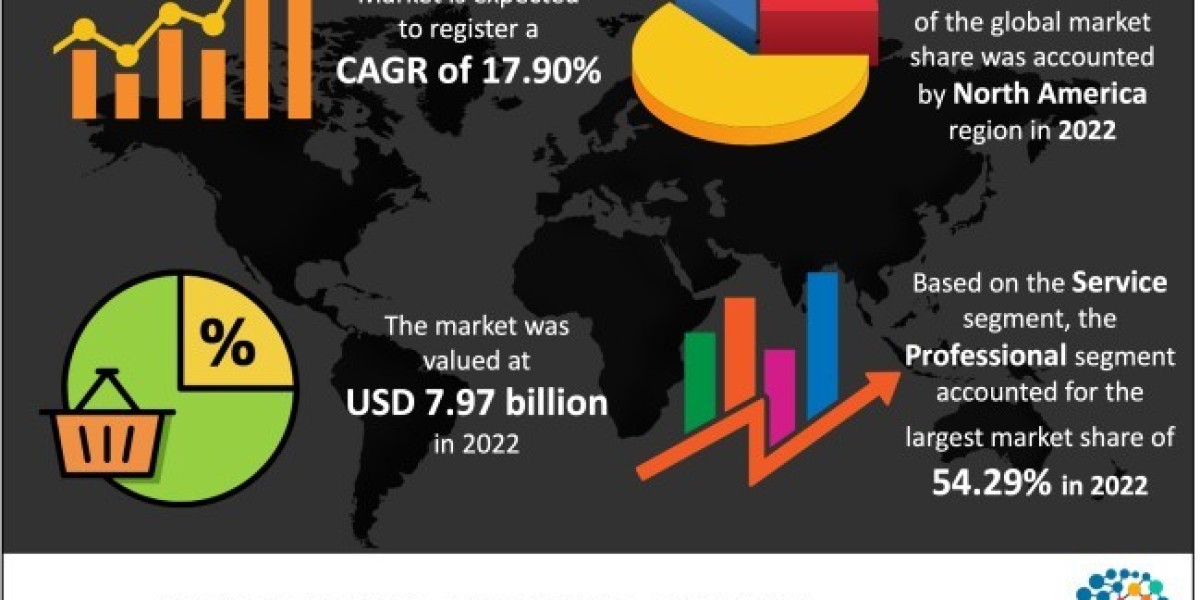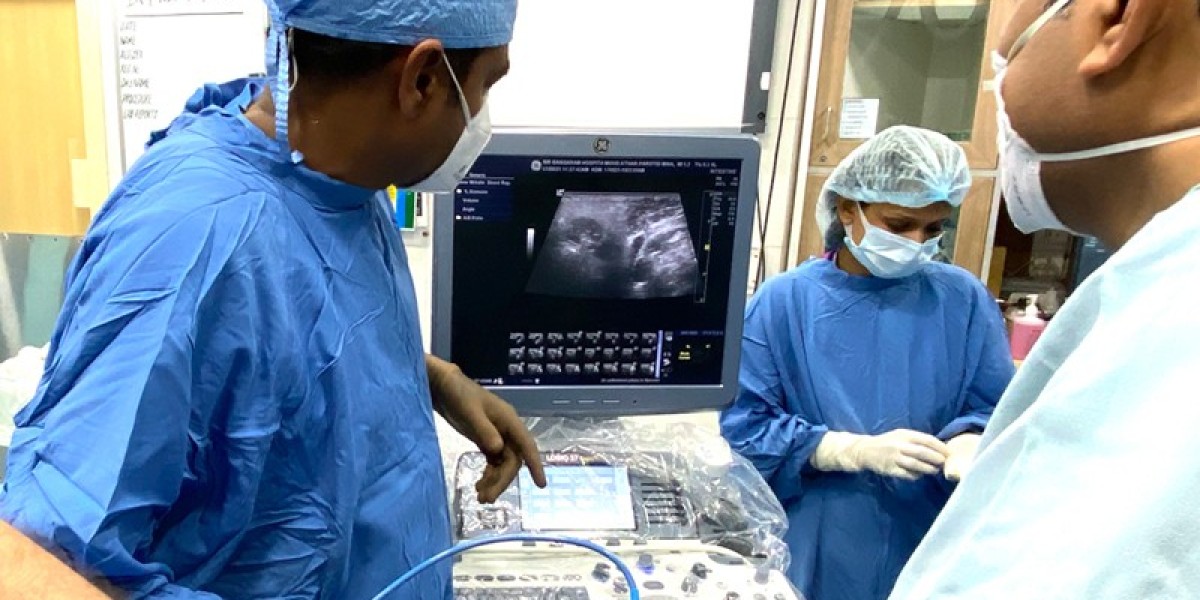Primarily, the key difference between these and conventional buildings is the fact that modular constructs are designed, engineered and manufactured off-site, and later delivered to the intended site of use for final installation. It is worth noting that, in order to ensure that all critical systems are precisely configured, compliant to existing guidelines and fully operational, the modules are tested before shipping. Even though the concept of using modular manufacturing facilities in the pharmaceutical industry is not new, in recent years, it has witnessed renewed interest from several industry players. The increasing demand for improved processes and production facilities that are capable of handling multiple product types, as well as the shift towards manufacturing of smaller batches of drugs, in case of personalized therapies or candidates targeting rare diseases, are some of the key driving forces for the growing popularity of modular manufacturing plants in the pharmaceutical industry. Modular biomanufacturing includes division of individual production processes, such as fermentation, purification and formulation, into separate modules that can be easily assembled and disassembled, allowing for flexibility and scalability. In addition, modular manufacturing allows the use of smaller-scale production units, which can be more flexible and responsive to dynamic market demands.
To request a sample copy / brochure of this report, please visit
https://www.rootsanalysis.com/reports/178/request-sample.html
As indicated earlier, modular construction is a process wherein factory-produced, pre-engineered building units, which are constructed offsite under controlled plant conditions, are assembled on site to construct the final structure. It is worth mentioning that such buildings use the same material and designed according to the same codes and standards established for conventionally built structures. These fundamental building units are called modules. Integrated assemblies are joined together to create facilities of a significant size, housing multiple functions and equipment. The assembled modular building units may form complete rooms, parts of rooms or separate highly serviced units, such as elevators and toilets. There are different types of modules used for construction of buildings. Examples of various modular constructs include 4-sided modules, partially open-sided (corner-supported) modules, mixed modules and planar floor cassettes, modules supported by a primary structural frame, non-load bearing modules, stair modules, skid-mounted process equipment modules, plug and play pods, and balconies and atria.
The modular construction process is believed to reduce the overall time by 50%, as many of the processes are conducted simultaneously. Although the initial planning required to ensure that all modular units fit together properly is complex, the overall modular construction strategy is simple.
In recent years, the focus of the pharmaceutical industry has shifted from mass production of blockbuster drugs for large patient populations to small batch production of personalized drugs targeting specific subpopulations of patients. Modular facilities were first introduced to the pharmaceutical market at a time when the mass production of tablets and capsules for large patient population was the norm; one of first products to be manufactured in such facilities was statins (prescribed to lower cholesterol).
With the advent of generic copies of billion-dollar blockbuster drugs, targeting major disease indications, drug manufacturers are focusing on developing lower doses of highly potent biopharmaceutical drugs for targeted treatments. This shift has resulted in the segregation of large populations of patients into smaller, more specific sub-groups. Moreover, there is immense pressure on drug manufacturers to market novel drugs as soon as possible, before patent expiry. Increased pressure to expedite time to market, coupled with the need to decrease operating costs and increase manufacturing efficiencies, have amplified the value of smaller production facilities, which are more efficient and flexible. These market developments have made modular facilities more attractive to drug manufacturers today, as these facilities can quickly switch between multiple drugs, enabling formulation and packaging in multiple formats, such as solid, liquid, semi-solid and parenteral dosage forms. With this new set of requirements, drug manufacturers have started showing evident interest in modular facilities and using modularity in design approaches. The increased demand for multi-product, multi-purpose, smaller batch size facilities has also prompted equipment manufacturers to revisit their product offerings.
For additional details, please visit
https://www.rootsanalysis.com/reports/view_document/modular-manufacturing-market/178.html or email sales@rootsanalysis.com
You may also be interested in the following titles:
- Smart Labels Market: Industry Trends and Global Forecasts, 2022-2035
- AI-based Digital Pathology / AI Pathology Market: Industry Trends and Global Forecasts, 2022-2035
About Roots Analysis
Roots Analysis is a global leader in the pharma / biotech market research. Having worked with over 750 clients worldwide, including Fortune 500 companies, start-ups, academia, venture capitalists and strategic investors for more than a decade, we offer a highly analytical / data-driven perspective to a network of over 450,000 senior industry stakeholders looking for credible market insights.
Contact:
Ben Johnson
+1 (415) 800 3415
Ben.johnson@rootsanalysis.com



